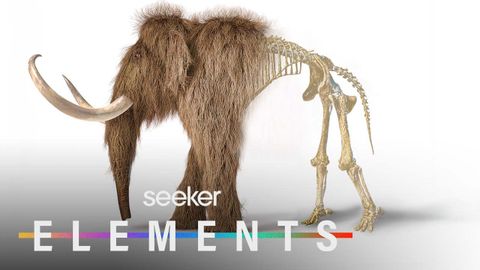
Subtitles & vocabulary
The Wild Plan To Bring Back Woolly Mammoths
00
Summer posted on 2021/12/22Save
Video vocabulary
crisis
US /ˈkraɪsɪs/
・
UK /'kraɪsɪs/
- Noun (Countable/Uncountable)
- Unstable situation of extreme danger or difficulty
- A turning point in a disease.
B1
More ancient
US /ˈenʃənt/
・
UK /'eɪnʃənt/
- Adjective
- Very old; having lived a very long time ago
- Relating to a period in history, especially in the distant past.
- Noun
- A person who lived in ancient times.
A2
More tackle
US /ˈtækəl/
・
UK /'tækl/
- Transitive Verb
- To start working on a difficult problem
- To grab and throw a person to the ground
- Noun (Countable/Uncountable)
- Equipment used in fishing
- Arrangement of ropes and wheels used for lifting
B1TOEIC
More artificial
US /ˌɑrtəˈfɪʃəl/
・
UK /ˌɑ:tɪ'fɪʃl/
- Adjective
- Dishonest, to seem fake, not sincere
- (Something) made by people; not created by nature
B1TOEIC
More Use Energy
Unlock All Vocabulary
Unlock pronunciation, explanations, and filters
